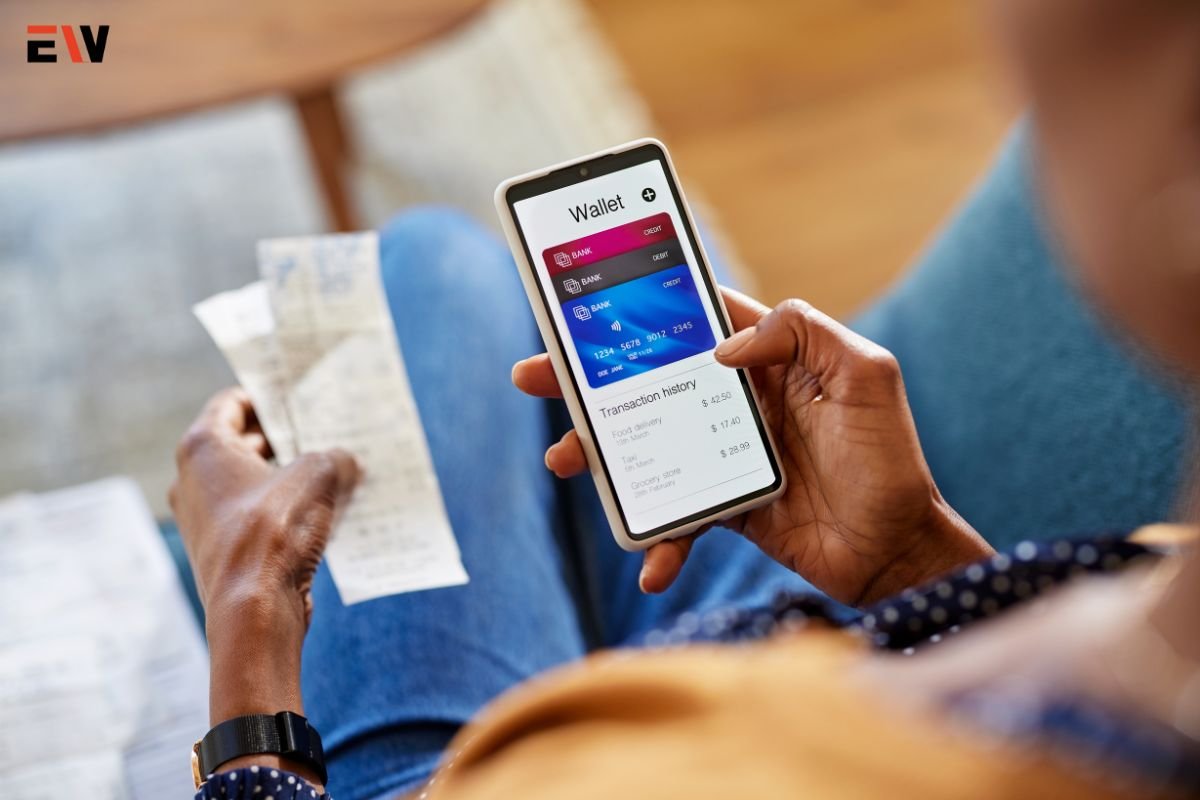Digital wallets have emerged as a transformative force, reshaping the way we manage and transact our money. As the world becomes increasingly digitized, the convenience, security, and efficiency offered by digital wallets have made them a popular choice for individuals and businesses alike.
The Genesis of Digital Wallets
The concept of digi-wallets traces its roots back to the late 20th century when the internet began to permeate various aspects of our lives. Early digi-wallets were primarily designed for online transactions, allowing users to store their payment information securely and make purchases with a few clicks. However, it wasn’t until the proliferation of smartphones and mobile applications that digi-wallets truly came into their own.
Key Features
1. Contactless Payments

One of the defining features of digi-wallets is their support for contactless payments. Near Field Communication (NFC) technology enables users to make transactions by simply tapping their smartphones or smartwatches on compatible payment terminals. This convenience has gained significant traction, especially in the context of retail transactions, where speed and efficiency are paramount.
2. Security Measures
Digi-wallets prioritize security to instill confidence in users entrusting them with sensitive financial information. Encryption techniques, biometric authentication (such as fingerprint or facial recognition), and secure tokenization play crucial roles in safeguarding user data. These security measures make digital wallets a reliable and secure option for conducting financial transactions.
3. Multi-Platform Integration
To enhance user convenience, digi-wallets are designed to integrate seamlessly across multiple platforms. Users can link their digital wallets to various accounts, including bank accounts, credit cards, and even loyalty programs. This integration streamlines the payment process and allows users to manage their finances comprehensively from a single application.
Popular Digi-Wallets in the Market
1. Apple Pay
Launched in 2014, Apple Pay quickly became a dominant player in the digital wallet arena. With its integration into Apple’s ecosystem of devices, users can make secure and convenient payments using their iPhones, Apple Watches, iPads, and Macs. The widespread adoption of Apple Pay is a testament to its user-friendly interface and robust security features.
2. Google Pay

Formerly known as Android Pay, Google Pay is another major player offering a seamless digital payment experience. Compatible with both Android and iOS devices, Google Pay supports in-app purchases, online transactions, and contactless payments in physical stores. Its widespread compatibility and integration with various platforms contribute to its popularity.
3. Samsung Pay
Samsung Pay distinguishes itself by incorporating Magnetic Secure Transmission (MST) technology, allowing users to make payments on traditional magnetic stripe card terminals. This unique feature expands the reach of Samsung Pay, making it compatible with a broader range of payment systems. Additionally, Samsung Pay supports NFC-based transactions for added versatility.
4. PayPal
As one of the pioneers in online payments, PayPal has successfully transitioned into the digital wallet space. It offers a comprehensive platform where users can link their bank accounts, credit cards, and even cryptocurrencies. PayPal’s widespread acceptance across online merchants and its peer-to-peer payment capabilities contribute to its enduring popularity.
Benefits of Using Digital Wallets
1. Convenience and Efficiency
The primary allure of digital wallets lies in the unparalleled convenience they offer. Users can store multiple payment methods in one place, eliminating the need to carry physical cards or cash. The streamlined payment process, whether online or in-store, enhances efficiency and reduces transaction times.
2. Enhanced Security
Digi-wallets prioritize security through advanced encryption, biometric authentication, and tokenization. These layers of protection make it extremely challenging for unauthorized individuals to access or misuse user information. In comparison to traditional payment methods, digi-wallets provide a more secure environment for financial transactions.
3. Real-time Transaction Tracking
Digital wallets empower users with real-time visibility into their financial transactions. Every payment made through the digital wallet is recorded, allowing users to track their spending patterns and manage their budgets more effectively. This transparency contributes to financial literacy and responsible spending habits.
4. Loyalty Programs and Rewards
Many digi-wallets integrate seamlessly with loyalty programs and offer users the opportunity to earn rewards or cashback for their transactions. This added incentive encourages users to stick to a particular digital wallet for their payments, fostering brand loyalty.
Challenges and Concerns
1. Limited Merchant Adoption
While digital wallets have gained widespread consumer acceptance, not all merchants have adopted the necessary technology to support contactless payments. This limitation can be a hindrance, especially in regions or industries where traditional payment methods still dominate.
2. Security Concerns

Despite robust security measures, digi-wallets are not immune to cyber threats. Phishing attempts, malware, and other cyber-attacks pose potential risks to user data. Staying vigilant and adopting best practices, such as enabling two-factor authentication, is crucial for mitigating these risks.
3. Standardization Issues
The digital wallet landscape is diverse, with different providers offering unique features and functionalities. This lack of standardization can lead to interoperability issues and may require users to manage multiple digital wallets to access specific features or services.
Future Trends
1. Integration of Cryptocurrencies
The rise of cryptocurrencies has prompted digi-wallets to explore ways to integrate these digital assets into their platforms. Some digi-wallets already support cryptocurrency transactions, allowing users to buy, sell, and store digital currencies within the same application.
2. Internet of Things (IoT) Integration
As IoT devices become increasingly prevalent, the integration of digi-wallets with smart devices is poised to redefine the payment landscape. Imagine making a purchase directly from your smart refrigerator or wearable device—digi-wallets are likely to play a central role in these futuristic transactions.
3. Biometric Advancements
Biometric authentication, such as fingerprint recognition and facial scanning, will continue to evolve. Future digital wallets may leverage more sophisticated biometric technologies to enhance security and user experience further.
4. Increased Collaboration and Partnerships
Digital wallet providers are likely to form strategic partnerships and collaborations with other fintech companies, traditional financial institutions, and even non-financial entities. These partnerships aim to create a more comprehensive ecosystem that addresses various aspects of users’ financial needs.
Conclusion
The evolution of digi-wallets has been a remarkable journey, transforming the way we handle financial transactions and manage our money. The convenience, security, and efficiency offered by digi-wallets have made them an integral part of the modern financial landscape. As technology continues to advance, digital wallets are poised to undergo further innovation, integrating with emerging technologies and shaping the future of finance. Embracing these changes, understanding the benefits and challenges, and staying informed about the latest trends will empower users to make the most of this digital revolution in the realm of personal finance.










